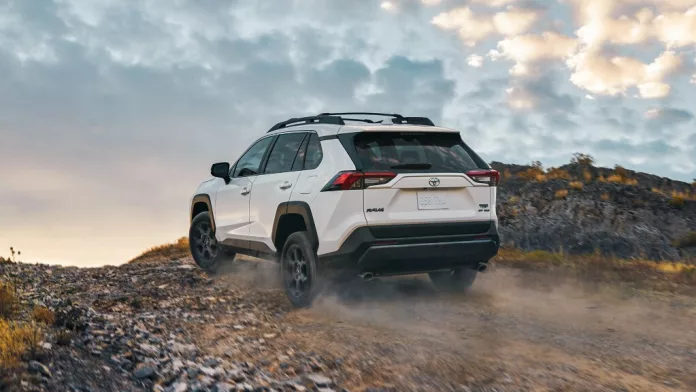New Zealand’s electric vehicle (EV) scene has shown signs of resurgence after a slump in February, where sales were a mere 4.1% of the market share. By March, this figure had surged, close to doubling, with EVs accounting for nearly 10% of passenger vehicle sales, although the overall Q1 average hovered around 6%. This is a stark contrast to previous years, as the 2023 average penetration rate sat at an impressive 27%. However, this data is specific to passenger cars; incorporating utes into the mix pulls the penetration rate down to 4.7%.
Trends and Changes on the New Zealand Roads
March saw a diverse range of new vehicle registrations, dominated by petrol vehicles at 48%, followed by hybrid electric vehicles (HEVs) at 35%, diesel at 8%, battery electric vehicles (BEVs) at 6%, and plug-in hybrid electric vehicles (PHEVs) at 3%. This, from a total dataset of around 7,500 new vehicles. Despite these numbers representing a dip from February’s significantly higher sales figures, they matched the sales figures from January.
In the first quarter of 2024, notable registrations included around 1,100 new fully electric vehicles, dwarfing in comparison to the 1,800 Toyota RAV4 hybrids and 3,204 Ford Rangers. However, it’s important to recognize that vehicle shipments can influence monthly sales statistics, often necessitating a more extended observation period to discern long-term trends.
Electric Vehicles Charting the Top
New Zealand’s top ten battery electric vehicle sales for March 2024 reveal Tesla continues to lead, followed by newcomers and consistent performers alike:
- Tesla Model 3 (125)
- Tesla Model Y (74)
- MG4 (42)
- VW ID.4 (28)
- BYD Dolphin (20)
- Seal (19)
- BMW iX (17)
- BMW i4 (13)
- Hyundai Ioniq 5 (12)
- KGM Torres (12)
The KGM Torres managed a strong debut despite the possibility of being dealership demos. The BEV market continues to see evolving interests, with BYD and MG contending for top spots alongside Tesla.
Anticipated Releases and Market Trends
Enthusiasts anticipate several new battery electric car launches throughout the year, including entries like the Nissan Ariya, Chery Omoda E5, Kia EV5, VW ID Buzz, and the MINI Countryman. Among these, the potential release of BYD’s budget-friendly Seagull city car stands out as a highly anticipated model.
Meanwhile, PHEVs maintain sturdy sales, with models from Mitsubishi, MINI, Mazda, and Land Rover topping the charts. Despite a dominating presence, Toyota’s grip on the HEV market, which overshadows plugin vehicle sales, might not be permanent, as market trends in advanced automotive economies like Scandinavia suggest.
Challenges and Humor in the EV Transition
The significant presence of used EVs, such as the Nissan Leaf, indicates the need for charging infrastructure like CHAdeMO. With Japan’s modest EV market share, the ongoing availability of such imports is uncertain.
On the lighter side, conversations in local EV communities have humorously addressed the potential shift from traditional vehicles like the Ford Ranger to electric utes, hinting at both the interest and skepticism present among potential EV adopters.
Insights into the Road Ahead
Challenges like the new Road User Charges, which apply to EVs despite being previously exempt, raise questions about their impact on EV adoption in NZ. There’s speculation on the future market trajectory and whether current trends are merely temporary as the auto industry continues to adapt to the changing landscape.
Using the skepticism once held towards the Internet as an analogy, the article draws a parallel; what were once considered fads can evolve into staples of modern life. As the Internet became foundational, so too might electric vehicles take their dominant place on roads worldwide.


























